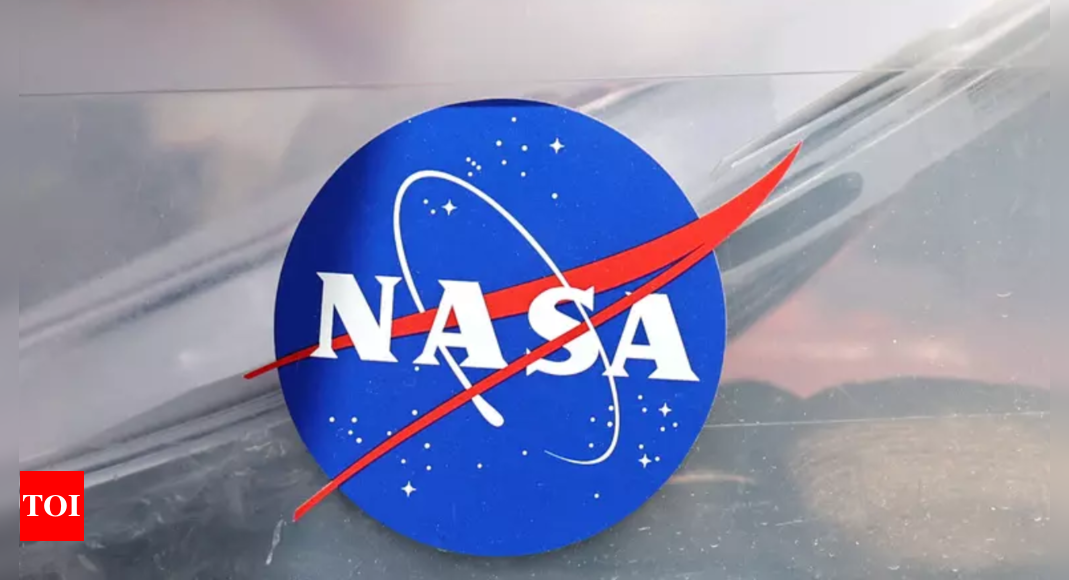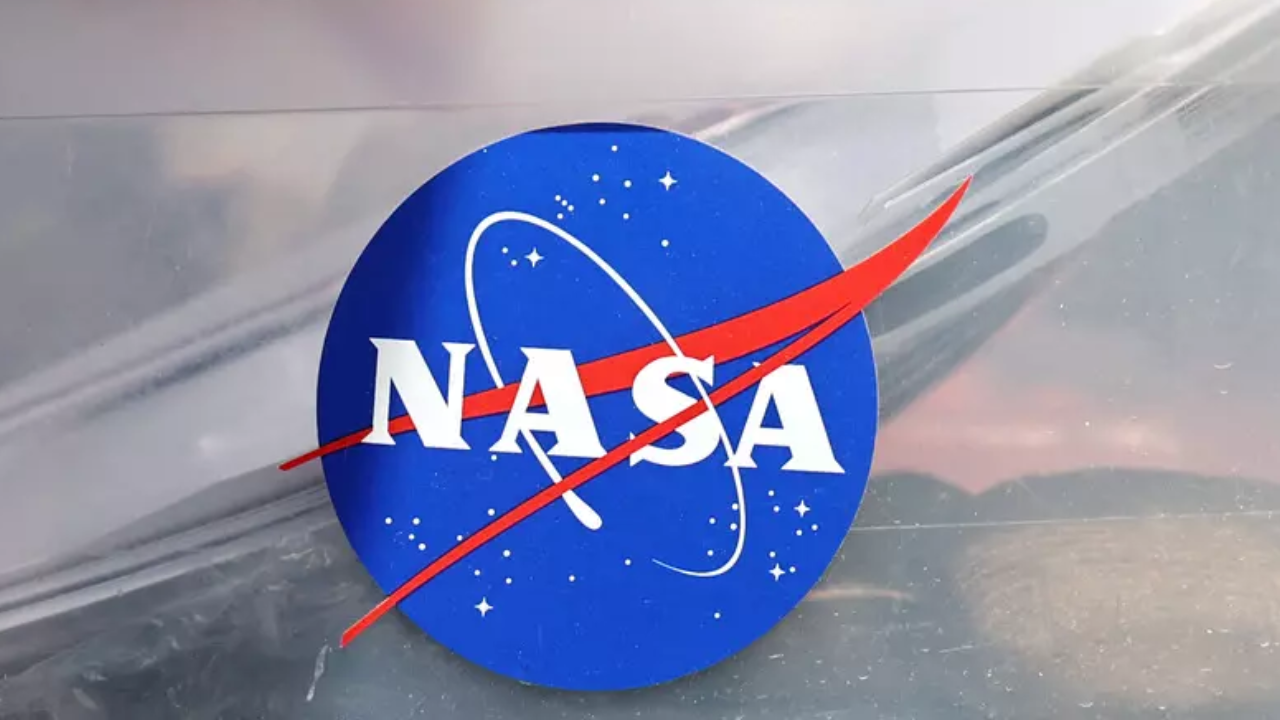NEW DELHI: Nasa is tackling one of the biggest challenges of lunar and Martian exploration: pervasive and abrasive dust. With the Moon‘s surface covered in a jagged, glassy material known as regolith, and Martian dust threatening to coat everything from solar panels to spacesuits, these tiny particles pose a significant risk to equipment and astronaut health.To address these issues, Nasa researchers are developing an innovative electrodynamic dust shield (EDS) designed to keep surfaces clean and functional in extraterrestrial environments.
The regolith on the Moon, akin to tiny shards of glass, can wear down equipment rapidly and poses serious risks to astronaut health. Dust on Mars presents similar challenges, particularly by accumulating on solar panels and reducing their power output. Recognizing these hazards, researchers at Nasa’s Kennedy Space Center in Florida are harnessing electrostatic forces to repel dust effectively.
As per a Universe Today report, the technology, inspired by an electric curtain concept first developed by Nasa in 1967, uses transparent electrodes and electric fields to actively remove dust from surfaces. Dr Charles Buhler, the lead scientist on the project, emphasized the severity of the dust challenge. “For these CPLS and Artemis missions, dust exposure is a concern because the lunar surface is far different than what we’re used to here on Earth,” he explained.
Testing in vacuum chambers has shown promising results, using lunar regolith samples collected during the Apollo missions. Within seconds of application, the material was successfully ejected from the surface, demonstrating the effectiveness of the EDS in a simulated space environment. Further tests have incorporated EDS materials into glass panels and spacesuit fabrics on the International Space Station and even on Intuitive Machines’ first lunar lander.
The technology was also utilized in the lenses of the EagleCam CubeSat camera, with data currently being collected to enhance future missions. As Nasa continues to develop and test the EDS, the aim is to deploy it extensively in future lunar and Martian missions to ensure the longevity and safety of both human and robotic explorers.
As the world watches the progress of these missions, the integration of such technology marks a significant step forward in overcoming the environmental challenges of space exploration, making long-term missions on the Moon and Mars increasingly viable.
The regolith on the Moon, akin to tiny shards of glass, can wear down equipment rapidly and poses serious risks to astronaut health. Dust on Mars presents similar challenges, particularly by accumulating on solar panels and reducing their power output. Recognizing these hazards, researchers at Nasa’s Kennedy Space Center in Florida are harnessing electrostatic forces to repel dust effectively.
As per a Universe Today report, the technology, inspired by an electric curtain concept first developed by Nasa in 1967, uses transparent electrodes and electric fields to actively remove dust from surfaces. Dr Charles Buhler, the lead scientist on the project, emphasized the severity of the dust challenge. “For these CPLS and Artemis missions, dust exposure is a concern because the lunar surface is far different than what we’re used to here on Earth,” he explained.
Testing in vacuum chambers has shown promising results, using lunar regolith samples collected during the Apollo missions. Within seconds of application, the material was successfully ejected from the surface, demonstrating the effectiveness of the EDS in a simulated space environment. Further tests have incorporated EDS materials into glass panels and spacesuit fabrics on the International Space Station and even on Intuitive Machines’ first lunar lander.
The technology was also utilized in the lenses of the EagleCam CubeSat camera, with data currently being collected to enhance future missions. As Nasa continues to develop and test the EDS, the aim is to deploy it extensively in future lunar and Martian missions to ensure the longevity and safety of both human and robotic explorers.
As the world watches the progress of these missions, the integration of such technology marks a significant step forward in overcoming the environmental challenges of space exploration, making long-term missions on the Moon and Mars increasingly viable.

